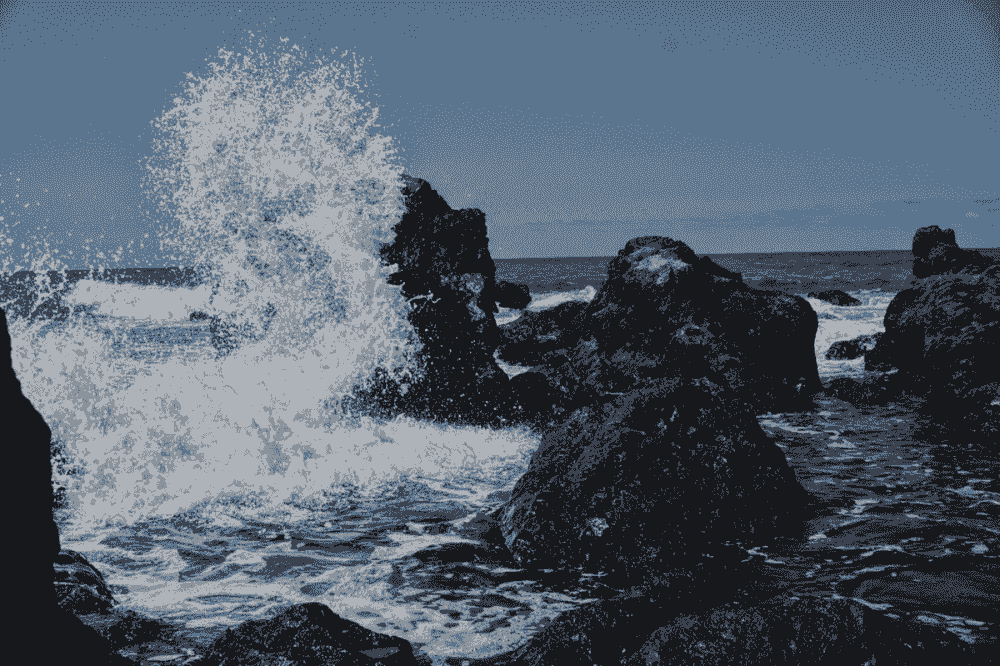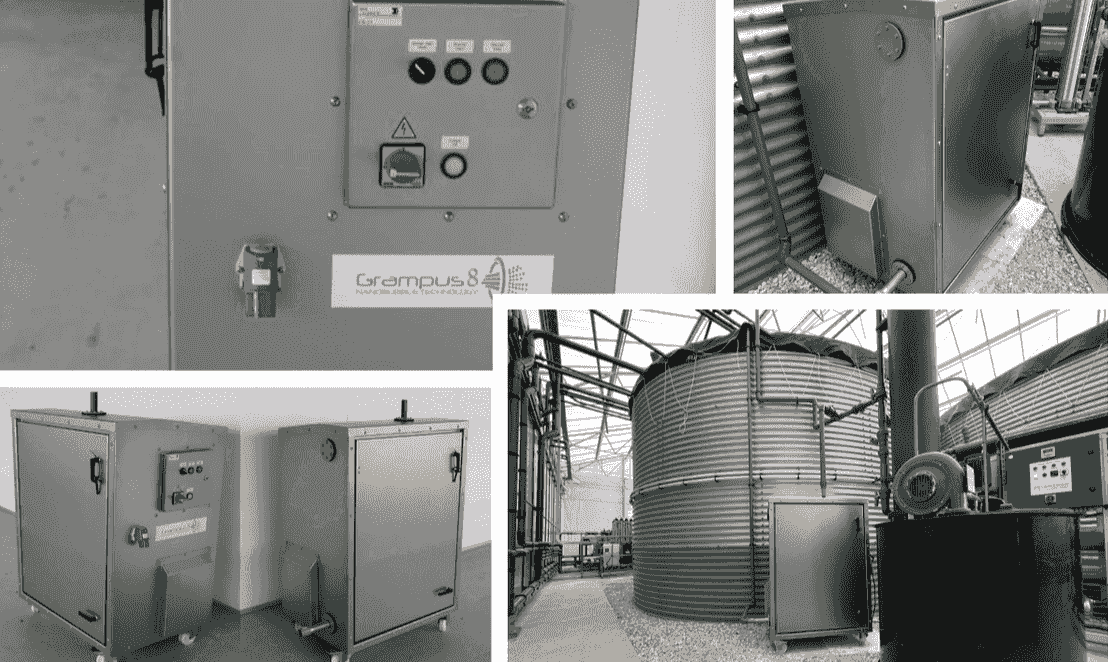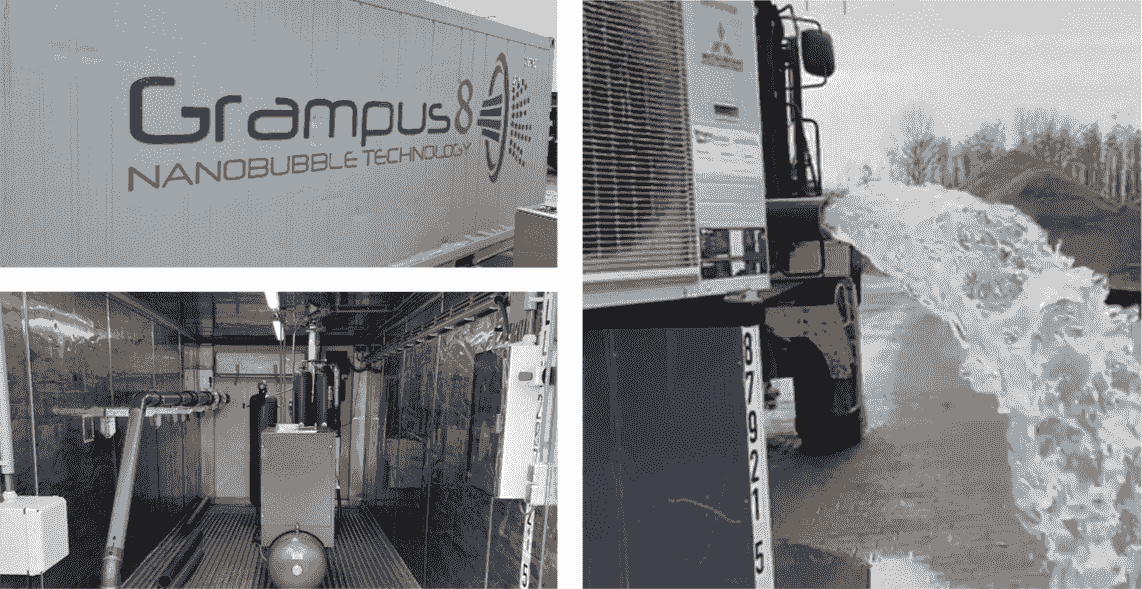

How Nanobubbles Are
Revolutionizing Water, Food & Health
Unlock the power of ultra-fine bubbles to transform agriculture, water treatment, aquaculture, and more
What Are Nanobubbles?
Nanobubbles are ultra-small gas bubbles with unique physical properties that set them apart from ordinary bubbles.
• Regular bubbles rise quickly to the surface and burst.
• Nanobubbles, due to their low buoyancy, remain suspended in water and gradually dissolve over time.
These tiny bubbles act as a gas reservoir within the water. As biological activity, chemical reactions, or off-gassing consume dissolved gases, nanobubbles rapidly release more gas into the solution. This helps maintain elevated levels of dissolved oxygen (or other gases) until the nanobubbles are fully depleted.
Projects
Nanobubble technology is a true platform technology: it has multiple applications in multiple fields

🌿 Beneficial Effects of Oxygen Nanobubbles
Oxygen nanobubbles offer a range of powerful advantages across agriculture and aquaculture:
- 🌱 Enhanced root vitality in plants, flowers, and trees
- 🧪 Suppression of algae and harmful pathogens in water systems
- 🚿 Minimized biofilm buildup in irrigation infrastructure
- 🐟 Boosted fish health and productivity in aquaculture environments
Products
Dolphin

The Dolphin is a plug & play transportable installation, assembled in a full stainless steel cabin. It has flow rate capacities ranging between 2 and 45 m3/h. This in-house built oxygenation system can dissolve 10 – 80 kg oxygen in water per day.
Beluga

The BELUGA-range consists of large nanobubble generating systems, which can also be housed in insolated sea containers. Such a container can be equipped with airconditioning and a climate control system to maintain a constant temperature and air quality to enable a constant oxygen delivery also in hot and cold weather conditions. The BELUGA range has flow rate capacities between 120 and 480 m3/h. These in-house built oxygenation systems can dissolve 200 – 1200 kg oxygen in water per day.
About us
Arnaud van Beek
Arnaud van Beek is CEO of Arkawa, a company specialized in introducing Japanese innovations to the European market. He is responsible for the contacts with the Japanese partners and business development in Europe.
Martin Wasser
As an academic researcher, Martin is responsible for the scientific and technological applications and innovations.
Harry van der Plas
Harry is a seasoned serial entrepreneur. He has set up and run several successful companies in Europe and Africa in the fields of solid surfaces, fishery, agriculture and logistics. He is responsible for commercial activities.
Contact us






